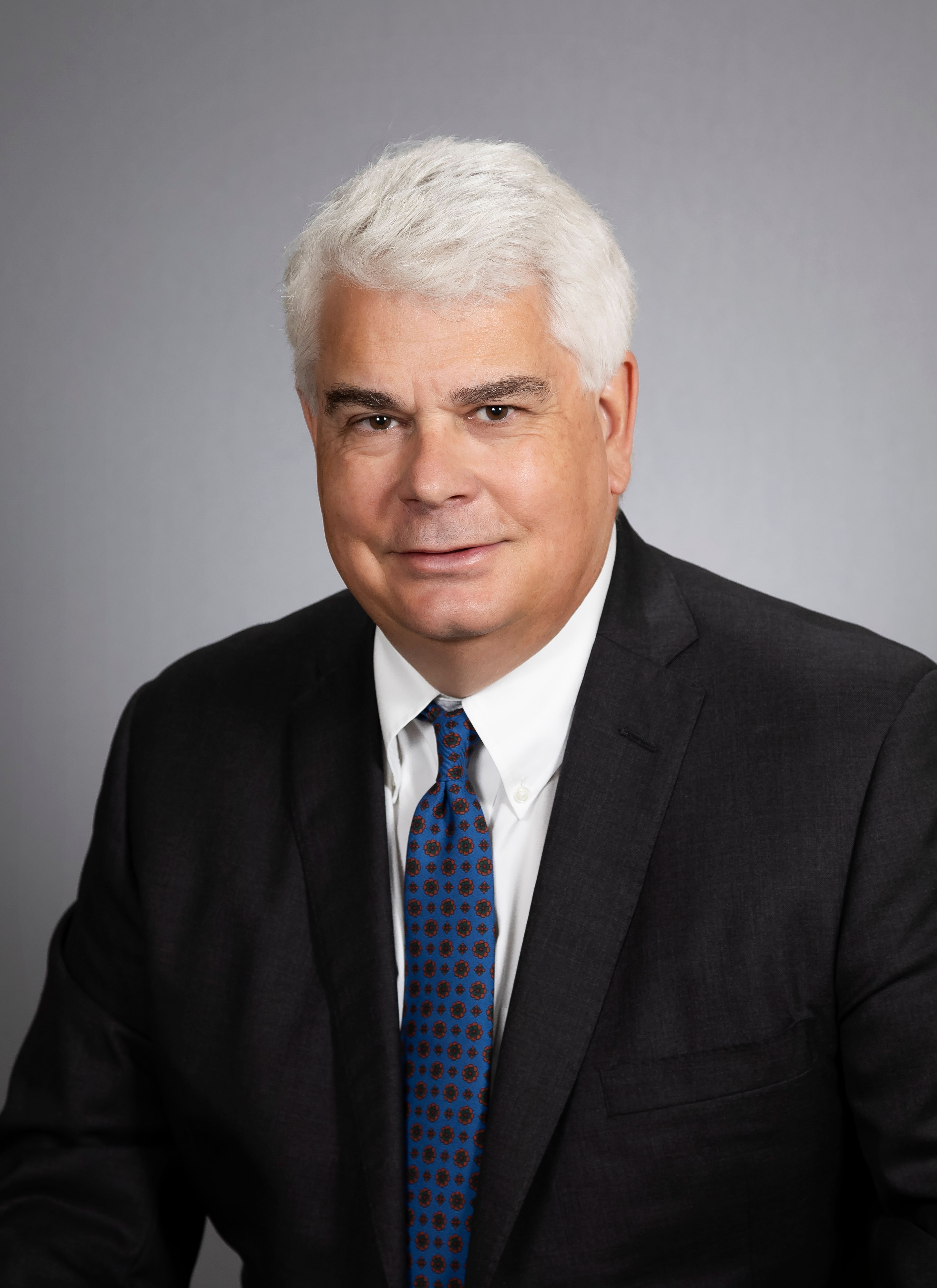Doctors take to streets to win malpractice reforms
Doctors overwhelmed by ballooning malpractice insurance premiums are taking to the streets like never before -- rallying, demanding government reform and in a few states, walking off the job. The American Medical Association, which opposes withholding patient services, says such vocal action by the nation's doctors is unprecedented. The AMA considers 12 states to be in crisis and lists 31 others, including Missouri, as having serious problems with malpractice insurance...
Doctors overwhelmed by ballooning malpractice insurance premiums are taking to the streets like never before -- rallying, demanding government reform and in a few states, walking off the job.
The American Medical Association, which opposes withholding patient services, says such vocal action by the nation's doctors is unprecedented. The AMA considers 12 states to be in crisis and lists 31 others, including Missouri, as having serious problems with malpractice insurance.
In recent weeks, doctors in Florida, Mississippi and West Virginia temporarily stopped some patient services. In New Jersey, doctors are threatening a boycott of nonemergency services starting today.
"I never dreamed of being politically involved in anything with this kind of magnitude," said Dr. Alan Zaccaria, a plastic surgeon in Little Silver, N.J., who is helping organize the job action. "I've been the most apolitical person in the world and now I've been thrown in the lion's den."
500 in Jefferson City
Missouri is one of the most recent states where patients and lawmakers are beginning to feel the effects of the doctors' anger. In fact, 500 white-coated physicians and medical students flocked to the Capitol to urge lawmakers to curtail personal injury lawsuits, which they blame for their rising premiums.
"Doctors now practice defensive medicine," said Dr. John Niemeyer, a radiologist who practices in St. Louis and Sullivan, Mo. Even when they're not sure it's necessary, he said, "we take the CT scans ... because we're afraid this guy is going to sue us and take our homes."
In New Jersey, it's just as bad or maybe worse.
"We're losing our best doctors," said Dr. Steven Berkowitz, legislative chairman of the Orthopedic Surgeons of New Jersey. "We believe essential patient services, such as obstetrical care, trauma centers and neurosurgery, may soon be unavailable."
That's because doctors in such high-risk specialties are sued most often and some now face premiums of over $200,000 a year. To get new policies in January, some had to reduce coverage or drop the risky part of their practice.
The level of frustration became evident last year when doctors in 10 states held at least two dozen rallies, visited their statehouses and Congress en masse, and put petitions and form letters in their waiting rooms for patients to sign. Such efforts continue this year, and at least 30 states are to debate some type of malpractice legislation.
Stopped delivering babies
Last fall, a study found up to one-fourth of obstetrician-gynecologists in some crisis states had stopped delivering babies or planned to do so because of unaffordable premiums. Other doctors in crisis states are retiring early or moving where premiums are lower.
Dr. David Sedor, a neurosurgeon in Wilkes-Barre, Pa., said that with only three malpractice insurers writing policies in his state, the only premium quote he could get for his upcoming renewal is for $290,000.
"It's heartbreaking, because all I ever wanted to do is come back and take care of people in my community," he said. "It's sad I might not be able to keep doing it."
In the neighboring state of West Virginia, about two dozen surgeons staged a nine-day walkout over premiums a few weeks ago. State lawmakers are trying to come up with a solution.
In Florida more than 800 doctors in the Palm Beach area stayed off the job for two days last week. In Mississippi, a dozen surgeons started monthlong leaves of absence from four Gulf Coast hospitals.
Last summer in Nevada, doctors temporarily closed the top level trauma center in Las Vegas, forcing critically injured patients to be transferred. The legislature adopted some reforms, including a $350,000 cap on awards in malpractice suits, but now doctors are complaining of loopholes.
Nationwide, doctors have certainly won lawmakers' attention. They cheered when President Bush renewed his call Jan. 16 for legislation cracking down on frivolous lawsuits and setting a $250,000 cap on awards for pain-and-suffering damages.
Malpractice insurers also praised that plan, as did the trade group for HMOs, which says stopping frivolous lawsuits will cut down on unnecessary tests and treatments ordered for fear of lawsuits. Attorney groups and a coalition called Americans for Insurance Reform oppose such limits, saying they will harm patients' ability to sue and won't bring down doctors' premiums, even if they save insurers money.
With Republicans in control of both houses, experts think the proposal will pass, but might be watered down to the point of ineffectiveness.
Doctors and insurers are pushing for similar reforms in several states.
Trading blame
But there is just as much disagreement about which changes might help curb premiums as there is about the causes of the crisis, the third since the mid-1970s.
Generally, lawyers blame insurance companies for not managing their finances well. Insurance companies claim juries give excessive awards and lawyers file meritless lawsuits. Doctors blame lawyers and insurers.
The issue is even more complex, though.
Many experts and doctors say this crisis is worse than the previous two, partly because doctors previously could pass on part of their rising premiums to patients. Now most of their rates are controlled by contracts with HMOs and by Medicare, which keeps cutting reimbursements.
"The problem is that you have these insurance cycles" where the companies raise premiums when their investment income drops, said Frank A. Sloan, professor of health policy and management at Duke University.
While insurers say at least 80 percent of premium dollars are invested in safe bonds, bond yields are down to about 5 percent, from 9 percent in 1990.
The American Insurance Association and the trade group for doctor-owned malpractice insurers concede their members kept premiums low during the 1990s because of strong investment income. Some were left with inadequate reserves when bond income plunged.
Rates rose sharply
Meanwhile, reinsurance companies contracted by malpractice insurers to pay multimillion-dollar claims have raised their rates sharply, and malpractice insurer payouts for both jury awards and settlements have been rising.
Average premiums nationwide last year were $56,546 for ob-gyns, $36,354 for general surgeons and $12,177 for general practitioners, according to the publication Medical Liability Monitor. But those rates include premiums for doctors in less-litigious states; doctors renewing policies starting in January have been hit with increases of 30 percent to 100 percent.
Business editor Scott Moyers contributed to this report.
Connect with the Southeast Missourian Newsroom:
For corrections to this story or other insights for the editor, click here. To submit a letter to the editor, click here. To learn about the Southeast Missourian’s AI Policy, click here.





